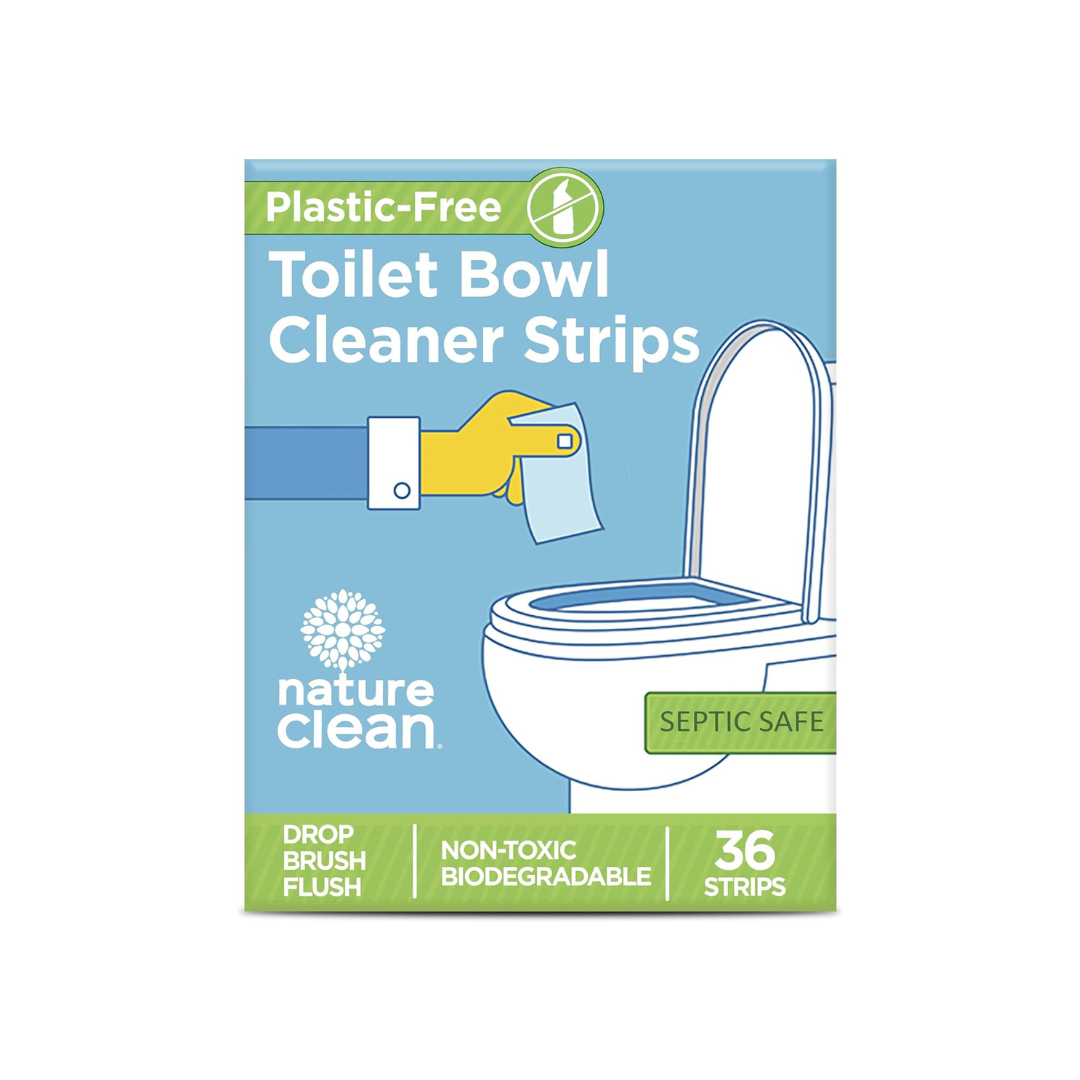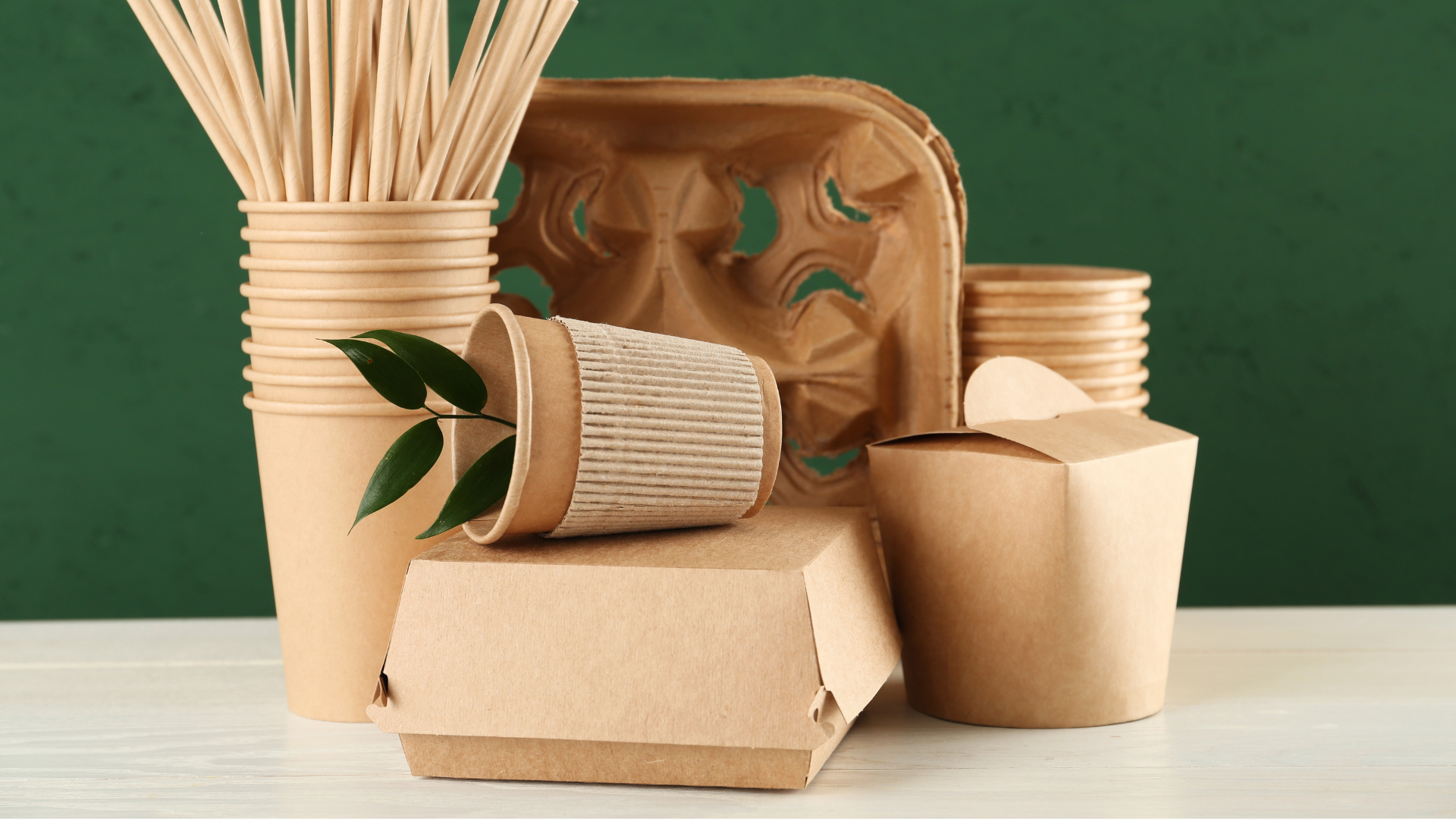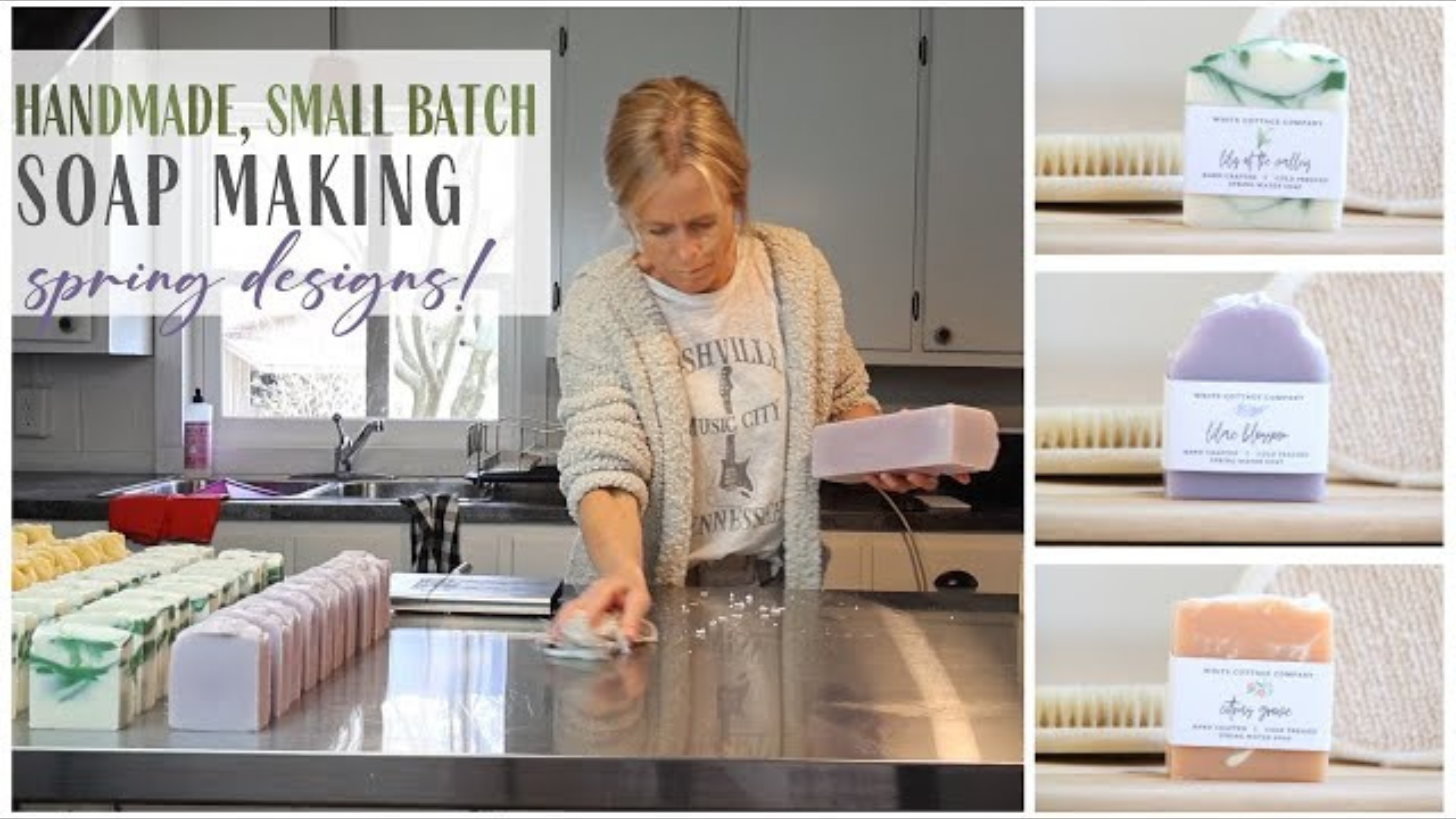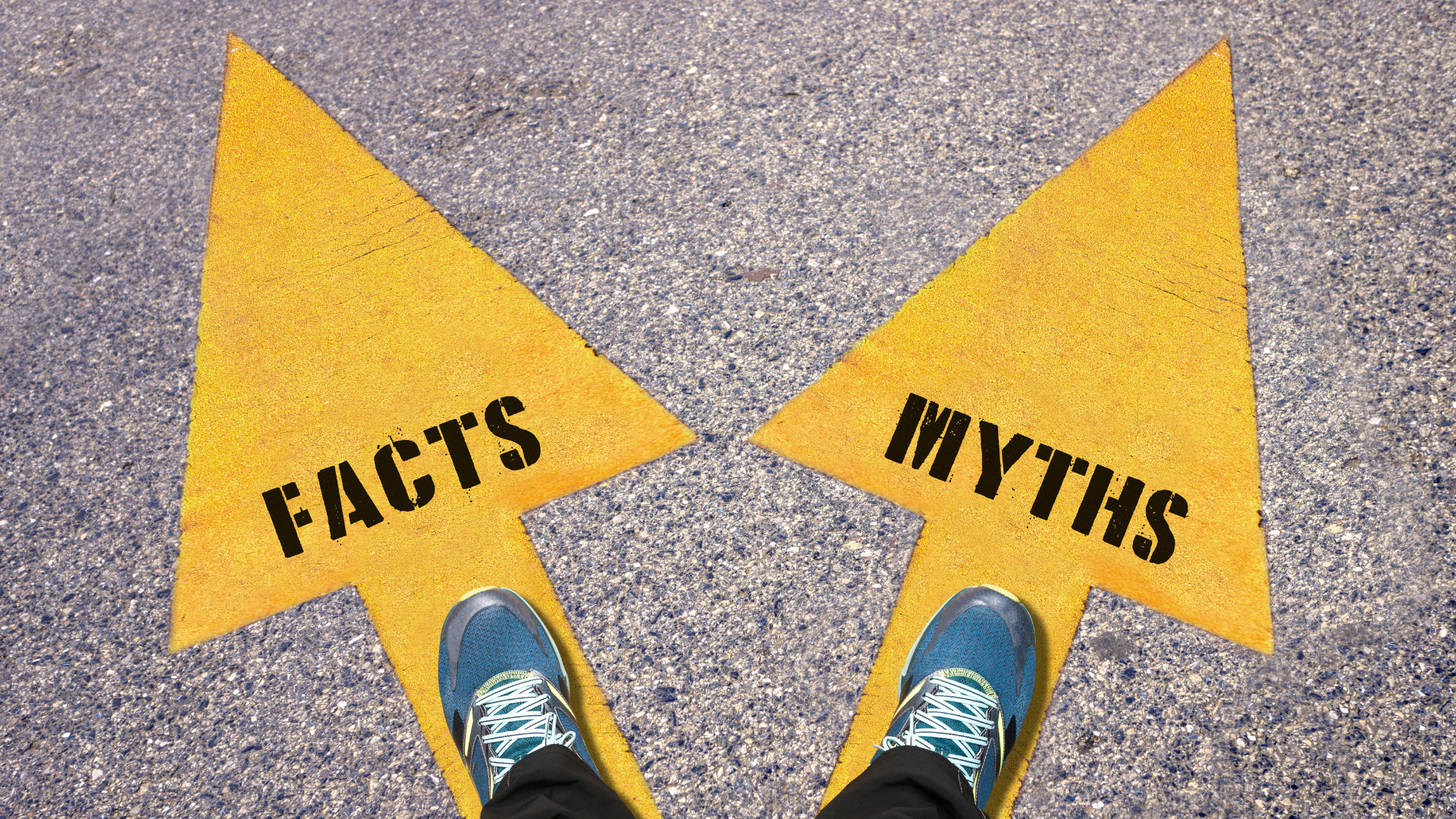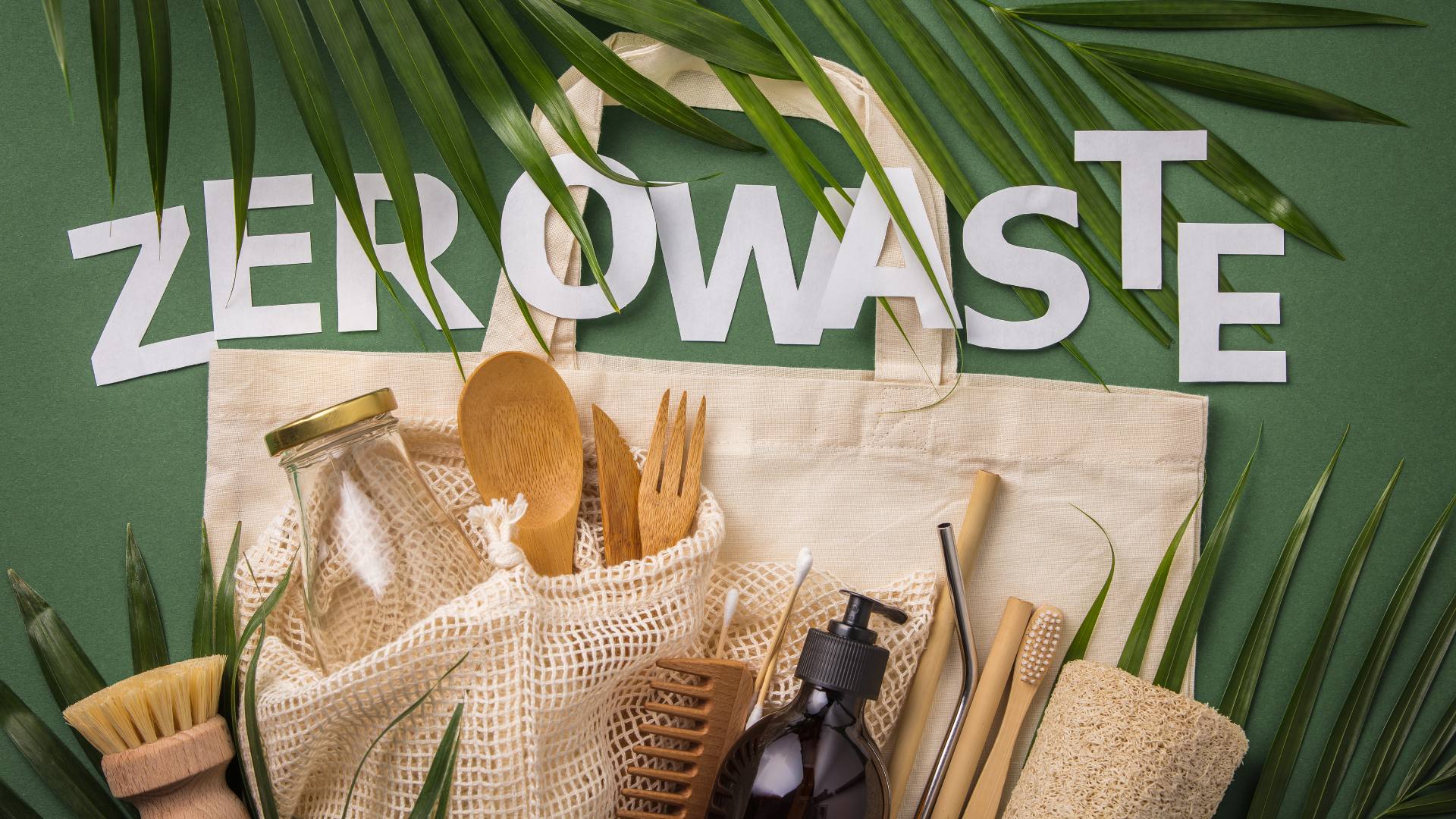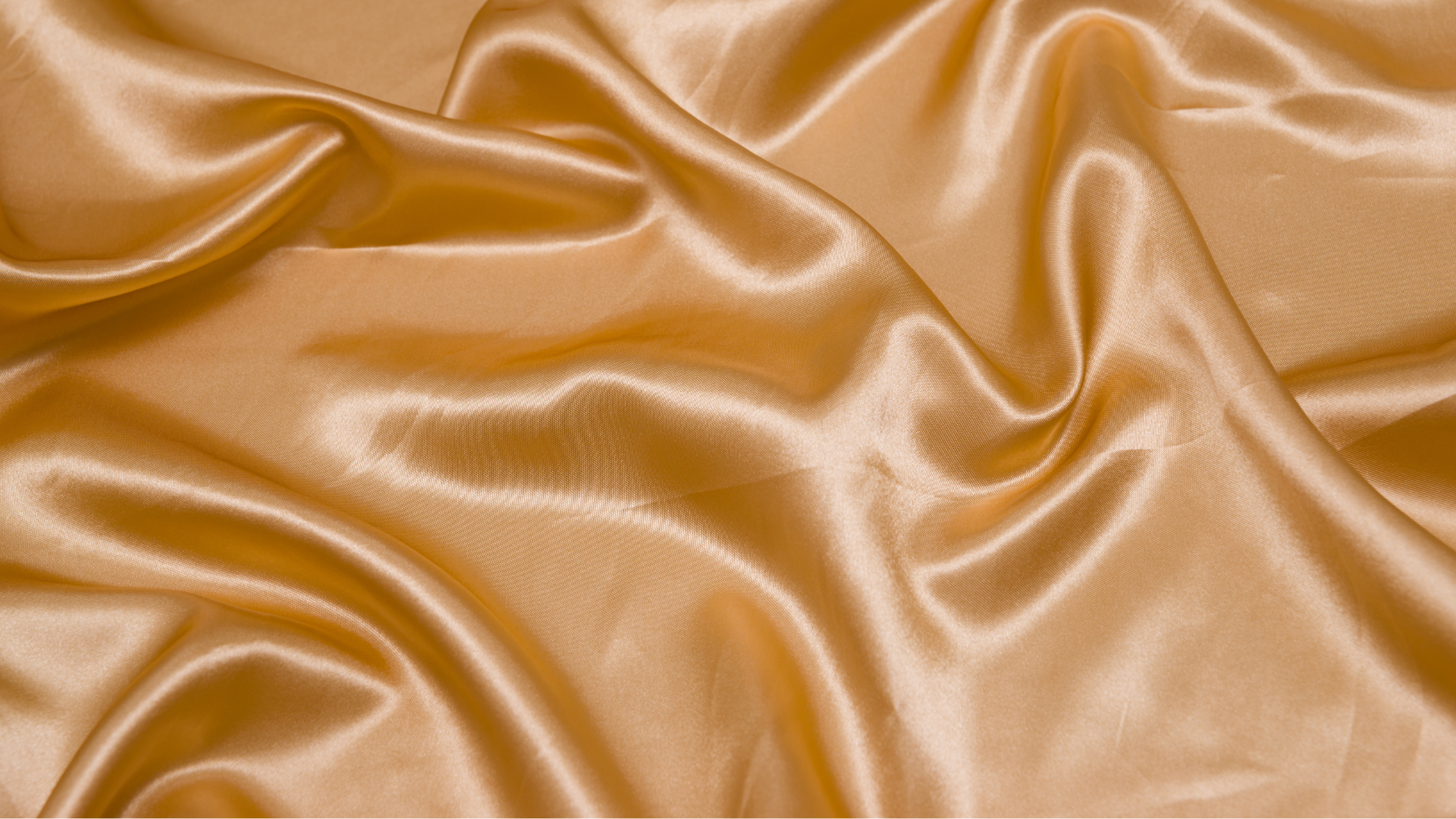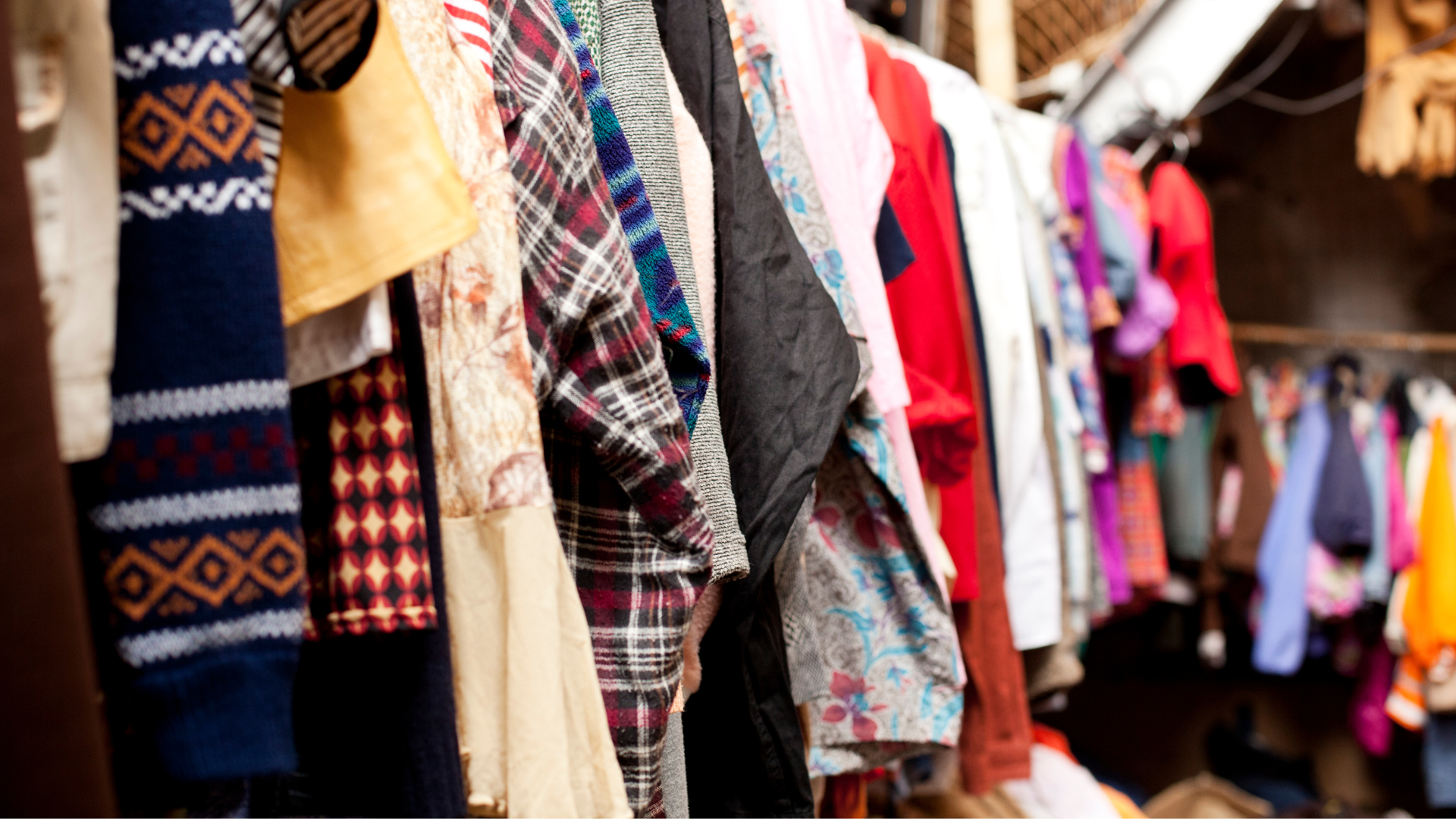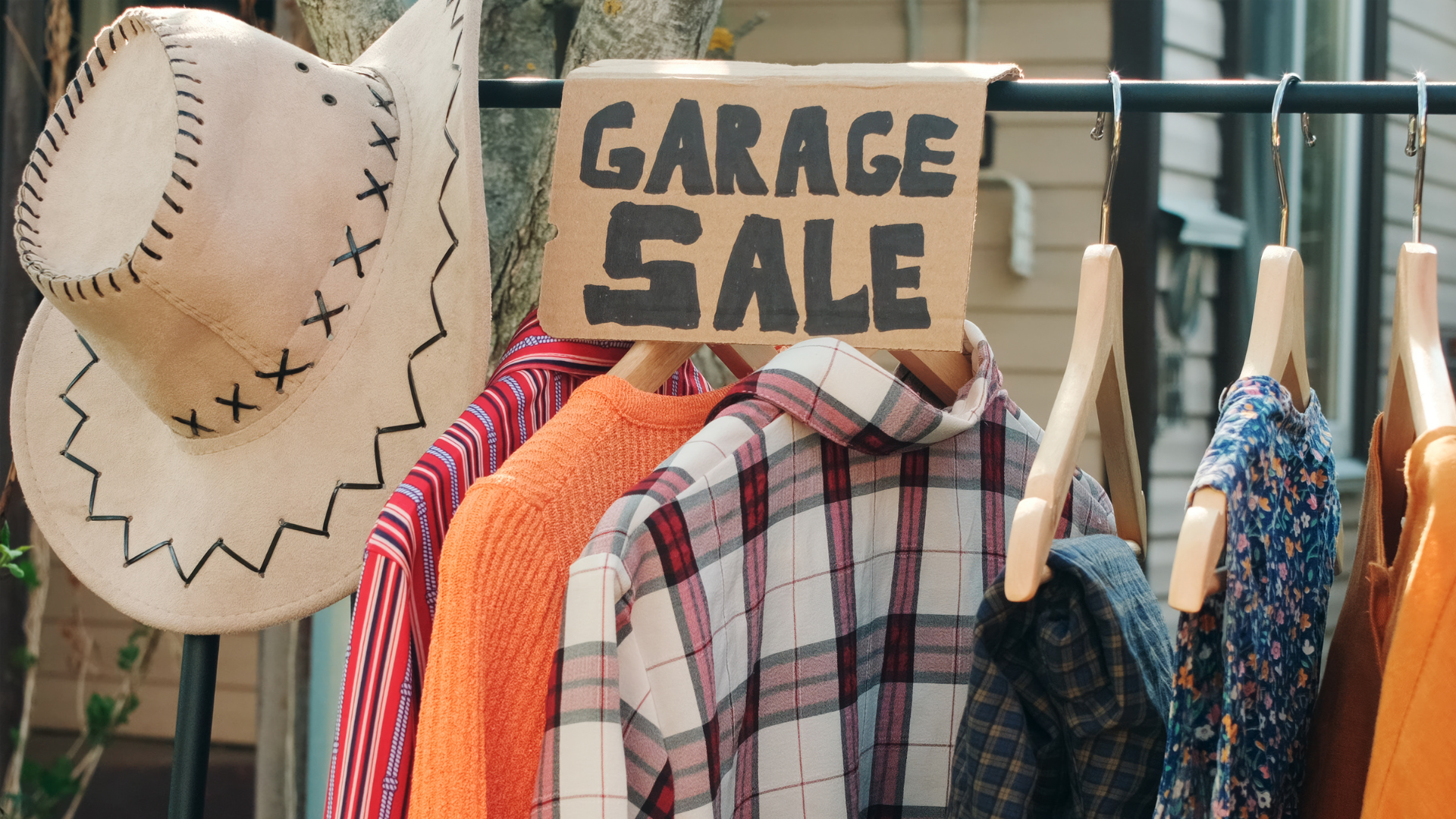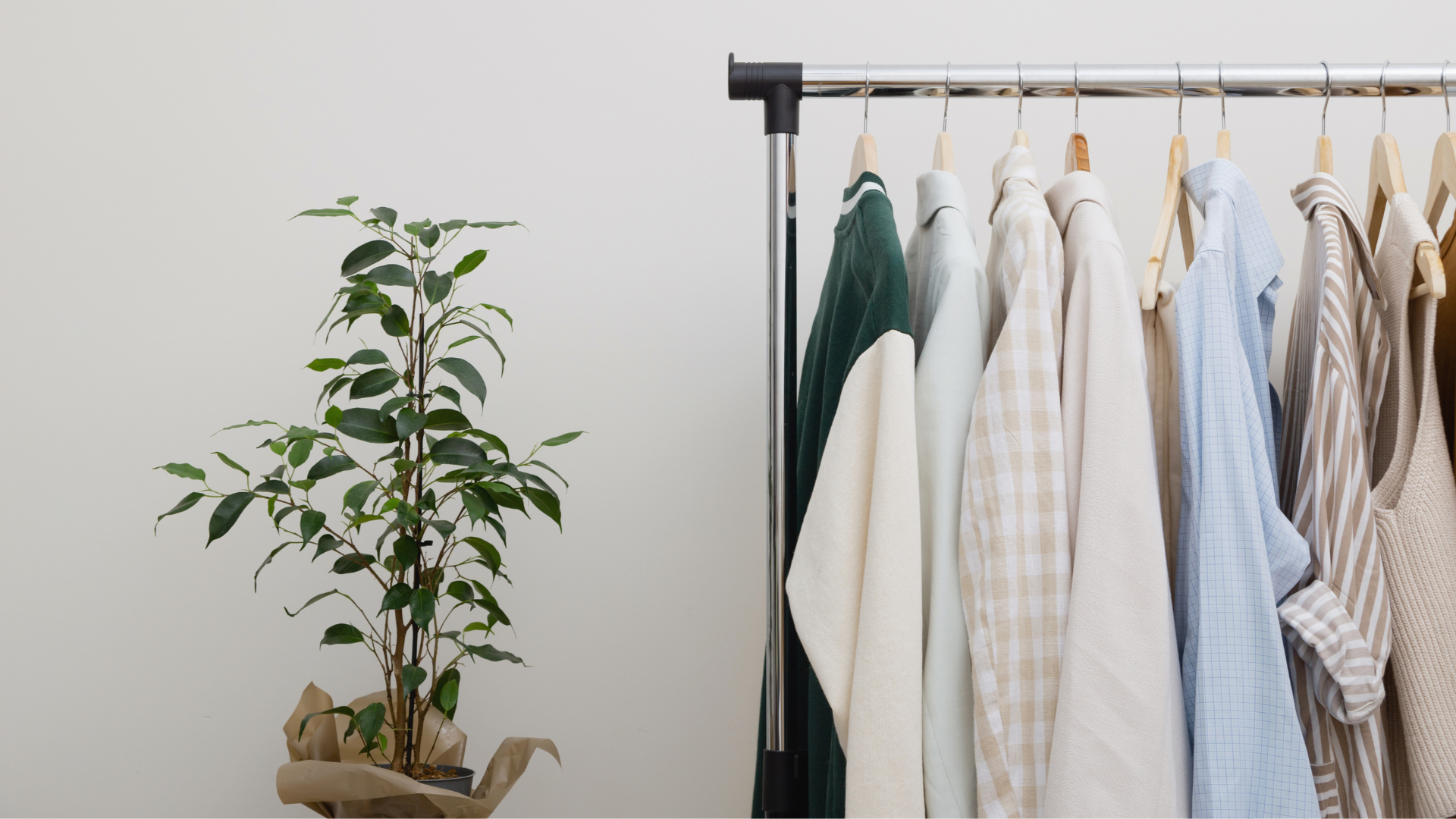Risks to health and the environment.
Understanding Triclosan and Triclocarban
Antibacterial products are marketed as an essential tool for maintaining hygiene and preventing illness. They promise to eliminate germs, offering a sense of security in our daily lives. However, two common ingredients in these products—triclosan and triclocarban—carry significant risks to both human health and the environment. Despite being widely used, these chemicals have sparked growing concerns due to their harmful effects, with many countries implementing restrictions or bans on their use.
At Sustai Market, we prioritize transparency and safety in all the products we curate. Our Sustai Score evaluates items to ensure they meet high safety and sustainability standards, and products free from triclosan and triclocarban are awarded our Non-Toxic Badge. In this blog, we’ll explore the dangers of these chemicals, where they are commonly found, and the implications for health and the environment.
What Are Triclosan and Triclocarban?
Definition of Triclosan and Triclocarban
Triclosan and triclocarban are synthetic antimicrobial agents used to reduce or prevent bacterial contamination. They have been staples in personal care and household products for decades, particularly in items marketed as antibacterial or germ-fighting.
-
Triclosan: A chlorinated aromatic compound, triclosan is widely used in liquid antibacterial soaps, hand sanitizers, toothpastes, and cosmetics.
-
Triclocarban: A similar compound, triclocarban is most commonly found in bar soaps and body washes.
Both chemicals were introduced in the 1960s and 1970s, initially for use in medical settings. Over time, they became ubiquitous in consumer products, driven by the demand for hygiene and germ protection.
Purpose of Triclosan and Triclocarban in Antibacterial Products
These chemicals are designed to:
-
Kill Bacteria: Triclosan and triclocarban disrupt bacterial cell membranes, effectively killing or inhibiting microbial growth.
-
Prevent Bacterial Growth: They act as preservatives, extending the shelf life of products by preventing contamination.
-
Market Appeal: Products containing these chemicals are often marketed as being more effective than regular soaps and cleaners, leveraging consumer fears about germs to drive sales.
Why Are Triclosan and Triclocarban Controversial?
Despite their widespread use, triclosan and triclocarban have come under scrutiny for their potential health and environmental risks. Research has linked these chemicals to:
-
Hormonal Disruptions: Interference with the endocrine system, leading to developmental and reproductive issues.
-
Antibiotic Resistance: The overuse of antibacterial products contributes to the rise of superbugs, bacteria resistant to antibiotics.
-
Environmental Persistence: These chemicals do not break down easily, accumulating in water systems and soil, where they harm aquatic life and ecosystems.
Sustai Market’s Role:
At Sustai Market, we evaluate products using our Sustai Score to flag ingredients like triclosan and triclocarban. Products without these chemicals earn our Non-Toxic Badge, making it easier for you to make safer choices.
Where Are Triclosan and Triclocarban Found?
1) Common Products Containing Triclosan and Triclocarban
Triclosan and triclocarban are found in a wide range of consumer products, including:
-
Personal Care Products:
-
Antibacterial soaps, hand sanitizers, and body washes.
-
Toothpastes and mouthwashes.
-
Deodorants, shaving gels, and cosmetics.
-
-
Household Products:
-
Dishwashing liquids and surface cleaners.
-
Treated fabrics like antibacterial towels and bedding.
-
Kitchen items such as cutting boards and food storage containers.
-
These products are often marketed as offering superior protection against germs and bacteria, appealing to health-conscious consumers.
2) Hidden Sources of Triclosan and Triclocarban
While triclosan and triclocarban are explicitly listed on some product labels, they can also be hidden in less obvious places:
-
Labeling Issues:
-
These chemicals may be listed under generic terms like “antibacterial agent” or “odor-fighting technology.”
-
Products labeled as “antimicrobial” or “antibacterial” may contain triclosan or triclocarban without clear disclosure.
-
-
In Treated Materials:
-
Triclosan is infused into textiles, such as clothing and shoes, to prevent odors caused by bacteria.
-
Some toys, mattresses, and furniture are treated with triclosan to inhibit microbial growth.
-
3) Global Presence in Water and Soil
-
Persistence in the Environment:
-
Triclosan and triclocarban are non-biodegradable, meaning they persist in water systems and soil for extended periods.
-
Studies have found these chemicals in rivers, lakes, and even municipal wastewater treatment plants.
-
-
Bioaccumulation Concerns:
-
These chemicals accumulate in aquatic organisms, disrupting ecosystems and entering the food chain.
-
Traces of triclosan have been found in human urine and breast milk, highlighting the extent of exposure.
-
Health Risks of Triclosan and Triclocarban
1) Hormonal Disruptions
Research has shown that triclosan and triclocarban can mimic hormones, interfering with the body’s endocrine system.
-
Impact on Thyroid Function:
-
Triclosan disrupts thyroid hormone regulation, which is critical for metabolism, growth, and brain development.
-
-
Reproductive and Developmental Issues:
-
Studies in animals suggest that triclosan and triclocarban may impair fertility and fetal development.
-
2) Antibiotic Resistance
The overuse of antibacterial products containing triclosan and triclocarban is a significant contributor to the rise of antibiotic-resistant bacteria.
-
How It Happens:
-
These chemicals kill weaker bacteria, allowing stronger, resistant strains to survive and multiply.
-
Over time, this contributes to the emergence of superbugs, which are resistant to commonly used antibiotics.
-
-
Public Health Implications:
-
Antibiotic resistance makes infections harder to treat, increasing the risk of complications and death.
-
3) Skin and Respiratory Irritations
-
Allergic Reactions:
-
Prolonged exposure to triclosan can cause skin irritation, rashes, and sensitivity.
-
-
Respiratory Issues:
-
Inhalation of triclosan-containing cleaning sprays or dust particles may trigger respiratory problems, especially in individuals with asthma or allergies.
-
4) Links to Chronic Diseases
-
Cancer Risks:
-
Animal studies have suggested a potential link between long-term exposure to triclosan and liver cancer.
-
-
Immune System Suppression:
-
Triclosan has been shown to weaken the immune system, making the body more susceptible to infections.
-
Environmental Impact of Triclosan and Triclocarban
1) Persistence in Water Systems
Once triclosan and triclocarban enter water systems, they can cause significant environmental harm:
-
Bioaccumulation in Aquatic Life:
-
These chemicals accumulate in fish, shellfish, and other aquatic organisms, disrupting their hormonal and reproductive systems.
-
-
Contamination of Drinking Water:
-
Traces of triclosan have been detected in treated wastewater and even drinking water supplies, raising concerns about human exposure.
-
2) Soil Contamination
-
Impact on Soil Microbial Communities:
-
Triclosan alters the natural balance of bacteria in soil, potentially affecting plant growth and agricultural productivity.
-
-
Long-Term Residue:
-
These chemicals persist in soil for years, reducing its fertility and sustainability.
-
3) Contribution to Environmental Pollution
-
Formation of Toxic Byproducts:
-
When exposed to sunlight, triclosan can degrade into dioxins, which are highly toxic and carcinogenic.
-
-
Impacts on Ecosystems:
-
The presence of triclosan and triclocarban in water and soil disrupts ecosystems, threatening biodiversity.
-
Safer Alternatives to Triclosan and Triclocarban
1) Natural Antibacterial Ingredients
Nature provides us with powerful antibacterial solutions that are safe, effective, and environmentally friendly:
-
Essential Oils:
-
Tea Tree Oil: Known for its antimicrobial and antifungal properties, tea tree oil is a popular ingredient in natural personal care products.
-
Eucalyptus Oil: A natural disinfectant with a refreshing aroma, effective in cleaning products and personal care.
-
Lavender Oil: Offers mild antibacterial properties while also calming and soothing the skin.
-
-
Plant-Based Extracts:
-
Aloe Vera: Contains antibacterial compounds while providing hydration and soothing properties.
-
Coconut Oil: Naturally antibacterial and moisturizing, making it an excellent alternative in soaps and skin care products.
-
Neem Oil: Widely used in natural soaps and skin care for its antibacterial and antifungal effects.
-
-
Other Natural Antimicrobial Ingredients:
-
Honey: Known for its antimicrobial and healing properties.
-
Green Tea Extract: Contains antioxidants and antibacterial compounds that benefit both skin and oral care.
-
2) Alcohol-Based Hand Sanitizers
Hand sanitizers with 60-70% alcohol (ethanol or isopropanol) are highly effective at killing germs without relying on triclosan or triclocarban.
-
Advantages Over Triclosan-Based Products:
-
Alcohol-based sanitizers kill bacteria and viruses instantly, without contributing to antibiotic resistance.
-
They leave no harmful residues in the environment.
-
3) Triclosan-Free and Triclocarban-Free Product Categories
Consumers now have access to a growing range of triclosan-free and triclocarban-free products across multiple categories:
-
Personal Care Products:
-
Opt for natural soaps, body washes, and hand sanitizers labeled as "triclosan-free."
-
Look for toothpaste and mouthwash with natural antibacterial agents like xylitol or essential oils.
-
-
Household Cleaning Products:
-
Choose biodegradable, eco-friendly cleaners with plant-based ingredients.
-
Avoid products labeled as "antibacterial" unless their ingredients are clearly disclosed.
-
Sustai Market’s Role:
At Sustai Market, we curate a wide range of products free from triclosan and triclocarban. Products that meet our strict safety and sustainability standards are awarded the Non-Toxic Badge, ensuring they are safe for you and the planet.
Regulations and Guidelines Surrounding Triclosan and Triclocarban
1) International Regulations
Regulatory bodies worldwide have taken steps to limit or ban the use of triclosan and triclocarban:
-
United States:
-
In 2016, the FDA banned triclosan and triclocarban in over-the-counter antibacterial soaps and hand washes, citing insufficient evidence of their safety and effectiveness compared to regular soap and water.
-
However, triclosan is still permitted in some products, such as toothpaste, cosmetics, and medical devices.
-
-
European Union:
-
The EU has imposed stricter regulations, limiting triclosan concentrations in cosmetics to 0.3%.
-
Triclosan is banned in materials that come into contact with food.
-
-
Canada:
-
Health Canada classifies triclosan as toxic to the environment and restricts its use in personal care products.
-
2) Regulatory Gaps
Despite progress, gaps remain:
-
Limited Scope of Bans:
-
Triclosan and triclocarban are still permitted in non-soap products, such as toothpaste, cleaning sprays, and treated textiles.
-
-
Inconsistent Global Standards:
-
Regulations vary widely, allowing triclosan-containing products to be imported and sold in less-regulated markets.
-
-
Lack of Transparency:
-
Many manufacturers do not disclose triclosan and triclocarban on product labels, leaving consumers unaware of their presence.
-
3) Advocacy for Stricter Policies
-
Mandatory Labeling:
-
Push for clear and mandatory labeling of triclosan and triclocarban in all product categories.
-
-
Bans on Non-Essential Uses:
-
Advocate for the complete removal of these chemicals from consumer products where safer alternatives exist.
-
Sustai Market’s Stance:
We support stricter regulations and transparency, encouraging brands to adopt safer and sustainable alternatives.
How to Identify Triclosan and Triclocarban in Products
1) Reading Product Labels
Knowing how to identify triclosan and triclocarban on product labels is crucial:
-
Look for These Names:
-
Triclosan.
-
Triclocarban.
-
Generic terms like "antibacterial agent" or "odor-fighting technology" may also indicate their presence.
-
-
Avoid Vague Claims:
-
Be cautious of labels with terms like "antibacterial" or "germ-fighting" without clear ingredient disclosure.
-
2) Tools and Certifications
Leverage resources to ensure the products you choose are safe:
-
Sustai Market’s Sustai Score:
-
A quick and reliable way to identify products free from triclosan, triclocarban, and other high-risk ingredients.
-
3) Certifications to Look For
-
Sustai Market’s Non-Toxic Badge:
-
Highlights products that are free from triclosan, triclocarban, and other harmful chemicals, making it easier for you to shop safely.
-
Making Informed Choices as a Consumer
1) Supporting Transparent Brands
Choose brands that prioritize ingredient transparency and safety:
-
Look for companies that disclose all ingredients and do not over use triclosan, triclocarban, or other high-risk chemicals.
-
Support brands with certifications like the Non-Toxic Badge and Eco-Friendly Badge from Sustai Market.
2) Balancing Safety and Effectiveness
-
Opt for natural antibacterial ingredients like essential oils, aloe vera, and coconut oil.
-
Avoid overusing antibacterial products, as regular soap and water are often sufficient for cleaning and hygiene.
3) Sustai Market’s Commitment to Education
We are dedicated to empowering consumers with knowledge and tools to make informed decisions. Our Sustai Score evaluates products based on safety, sustainability, and transparency, helping you choose triclosan-free options with ease.
The Future of Antimicrobial Products Without Triclosan and Triclocarban
1) Innovation in Natural Antimicrobials
-
Bio-Based Alternatives:
-
Researchers are developing bio-based antimicrobial agents derived from plants and microorganisms.
-
-
Probiotic Technology:
-
Emerging products use probiotics to balance and protect the skin’s microbiome naturally.
-
2) Consumer-Driven Change
-
Rising Demand for Non-Toxic Products:
-
As awareness grows, more consumers are seeking triclosan-free and triclocarban-free products, driving industry change.
-
-
Advocacy for Transparency:
-
Consumer advocacy groups continue to push for stricter regulations and greater transparency in labeling.
-
3) Sustai Market’s Vision
-
Empowering Consumers:
-
By offering tools like the Sustai Score and curated product selections, we aim to make non-toxic living accessible to all.
-
-
Supporting Sustainable Brands:
-
We partner with brands that prioritize safety, innovation, and sustainability, helping to create a healthier future for people and the planet.
-
Why Triclosan and Triclocarban are High-Risk?
Triclosan and triclocarban, while marketed as effective antibacterial agents, come with significant risks to health and the environment. By opting for safer alternatives and supporting transparent, eco-friendly brands, you can protect yourself and contribute to a healthier planet.
At Sustai Market, we are here to guide you on this journey. Explore our Personal Care & Beauty section to discover triclosan-free products or read more about sustainable living in our Sustainable Living blog. Together, we can make informed, impactful choices for a safer, healthier future.



